Things to know about IoT sensors
From smart light to cameras and other smart devices, IoT includes everyday objects that 'communicate' with each other. This is done by using electronic hardware called sensors (sensors) on smart devices. When forming the foundation of IoT networks, sensors play a very important role in shaping the modern connection world.
Learn about IoT sensors
- What is an IoT sensor?
- Types of main IoT sensors
- 1. Temperature sensor
- 2. Proximity sensor
- 3. Infrared sensor (IR)
- 4. Motion sensor
- 5. Accelerometer
- 6. Smoke sensor
- 7. Pressure sensor
- 8. Other sensors
What is an IoT sensor?
IoT sensors are somewhat similar to Network Interface Cards (NIC), connecting computers via Ethernet or Wi-Fi. In fact, IoT sensors have unique IPv6 addresses for convenient tracking on the IoT network. Accordingly, the sensors are like nervous systems on IoT networks because they detect and measure real-world phenomena.
In other words, they convert information in the real world into an electrical signal that goes to the micro controller (which acts as the brain). From here, Big Data (a term for handling a very large and complex data set that cannot be processed by traditional data processing applications) is sent to the cloud (cloud) or boundary node / fog (edge / fog) for analysis. Currently there are many types of sensors, the following are the most useful examples.
Types of main IoT sensors
1. Temperature sensor
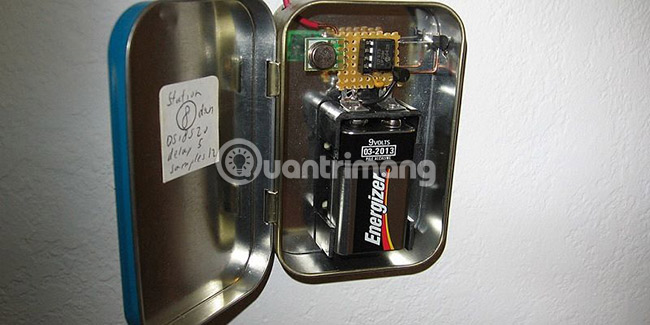
You may have seen similar temperature sensors in a thermometer (mercury). Their digital version includes an electronic integrated circuit (IC) combined with micro controller and super-capacity battery. Usually, they are popular in digital thermostats, room heaters, microwaves and so on.
2. Proximity sensor
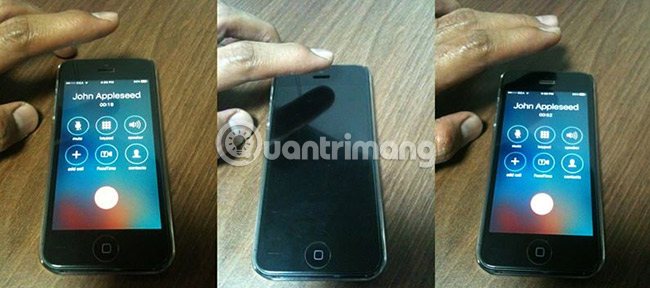
Many of us have had direct experience with these sensors (for example, in iPhone). Proximity sensors can find the presence of nearby objects and are very sensitive to gestures. Technically, they can use electrolytic capacitors. They can also use photovoltaic, sonar and infrared rays. Some applications of proximity sensors include smart parking, self-propelled vehicles and smart shoes.
3. Infrared sensor (IR)
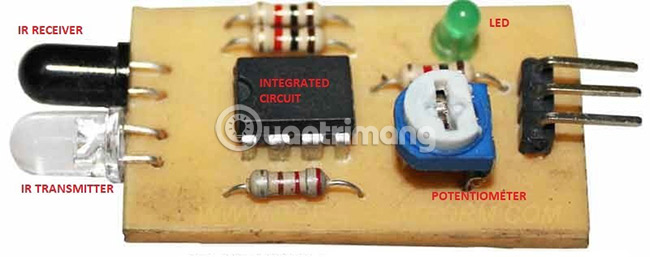
Infrared sensors are a subset of proximity sensors, but may have other applications, such as smart alarms and child monitoring devices. They use the infrared spectrum of invisible light that the device receives (an optical diode sensitive to IR). They can also use heat from the human body. A variable will set the 'range' in millimeters that the sensor can detect. The output signal then goes to an infrared transmitter.
4. Motion sensor
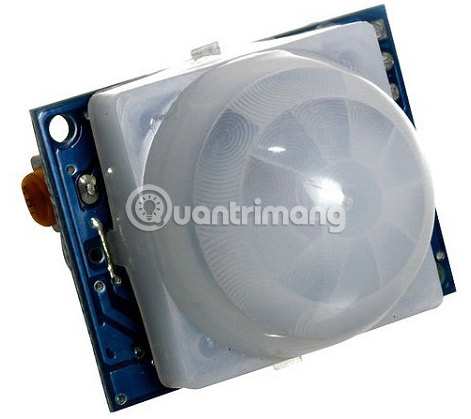
You may have seen these circular objects in many buildings. The sensor is very responsive and uses microwaves to detect changes (movement) in the surrounding environment, created by moving objects. They are different from proximity sensors in all aspects: Shells, circuits and applications. However, they can also be used as proximity sensors.
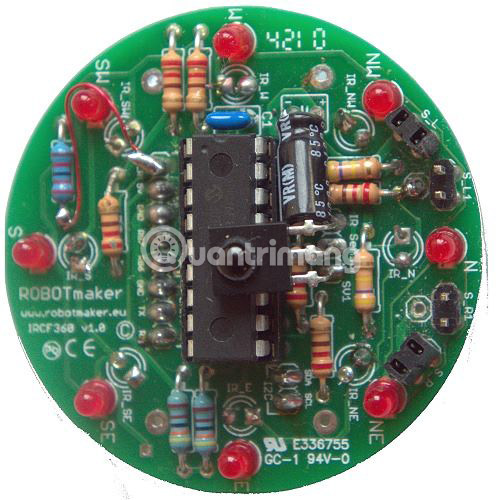
The circuit usually consists of a series of motion sensors in the board and micro controller. In addition, LEDs light in the right direction when they detect changes in the environment.
5. Accelerometer
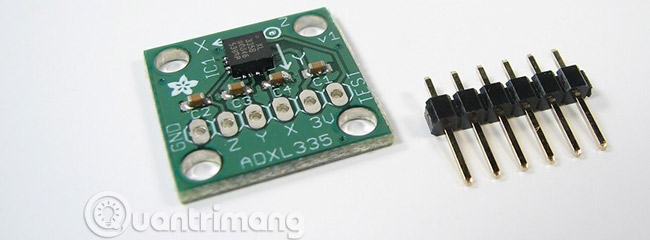
Accelerometer accelerators are becoming popular in smartphones because they help control sensors. In IoT, they are used in tilting, zooming, shaking and navigating a smart device. Clearly, this makes them great for smart consumer devices such as OLED TVs that can be rolled up. More significantly, accelerometer is one of the cheapest sensors users can buy online.
6. Smoke sensor
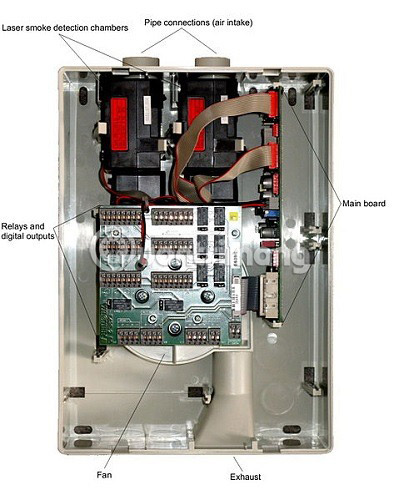
Smoke detectors are often mounted in hotels and many houses. Normally, they use a laser beam to detect dust in the air. In all cases, they start to alarm after the detected dust reaches a certain level. In addition to restricting smoking use, these sensors are also used in consumer devices, industrial IoT and smart buildings.
7. Pressure sensor
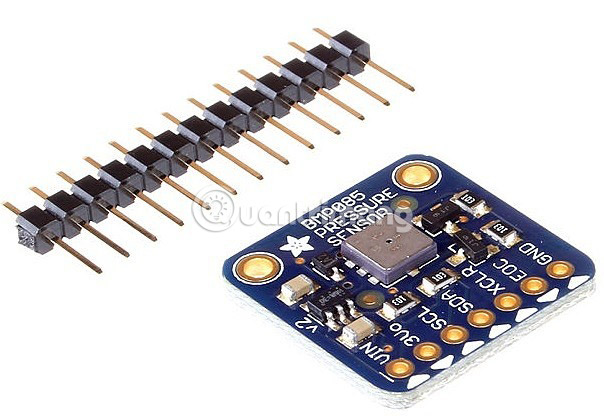
Air pressure sensors are often found in pressure gauges, manometers and even in smartphones. In fact, remember it when the phone tells you the exact height from sea level. These sensors have a lot of smart home applications. For example, imagine if there is a certain degree of indoor water leakage, the pressure sensor on smart devices will automatically activate and turn off the device. In general, like accelerometers, they are quite cheap.
8. Other sensors
There are many different sensors with specific applications in IoT, such as sound, chemical and gas sensors (which help control pollution), then image and color sensors in cameras or smartphones . In addition to them, there are sensors for gyroscope, unmanned aircraft and robot movements.
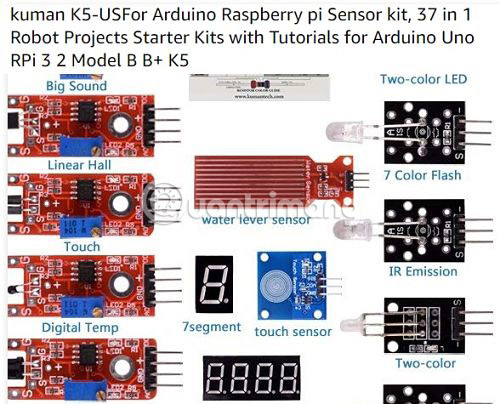
If you want to see the sensors close and personal, consider buying an online sensor. With less than $ 10 (VND 230,000), users can use them for applications on the Raspberry Pi or Arduino board.
IoT sensors form the core parts of any IoT structure. Despite the tendency to shrink, the basic components remain the same. With the important role mentioned above, they not only form the foundation of IoT knowledge but also play a key role in practical applications. In short, anyone who loves electronic devices will appreciate the importance of IoT sensors.
See more:
- 6 things to know about IoT security
- What is Industrial Internet of Things (IIoT)?
- 10 great projects combining Raspberry Pi and Windows 10 IoT Core
You should read it
- Sony developed a camera sensor 'like the human eye'
- The new fiber optic sensor is capable of transmitting data 100 times faster
- 3D ultrasound fingerprint sensor under Qualcomm's first screen in the world
- What is tire pressure sensor? Should I install it in a car?
- The researchers successfully developed capacitive image sensors with high resolution and sensitivity
- Why is the CPU or rectangular camera sensor created from a circular plate?
 Compare advantages and disadvantages of LCD and DLP projectors
Compare advantages and disadvantages of LCD and DLP projectors How to fix the projector overturned the image during the presentation
How to fix the projector overturned the image during the presentation 11 things to do when using SSD hard drive on Windows 10
11 things to do when using SSD hard drive on Windows 10 Advantages and disadvantages of hard drive partitioning
Advantages and disadvantages of hard drive partitioning Fix the error of inactive microphones in Windows 10
Fix the error of inactive microphones in Windows 10 How to check the speed of read and write drives by CrystalDiskMark
How to check the speed of read and write drives by CrystalDiskMark